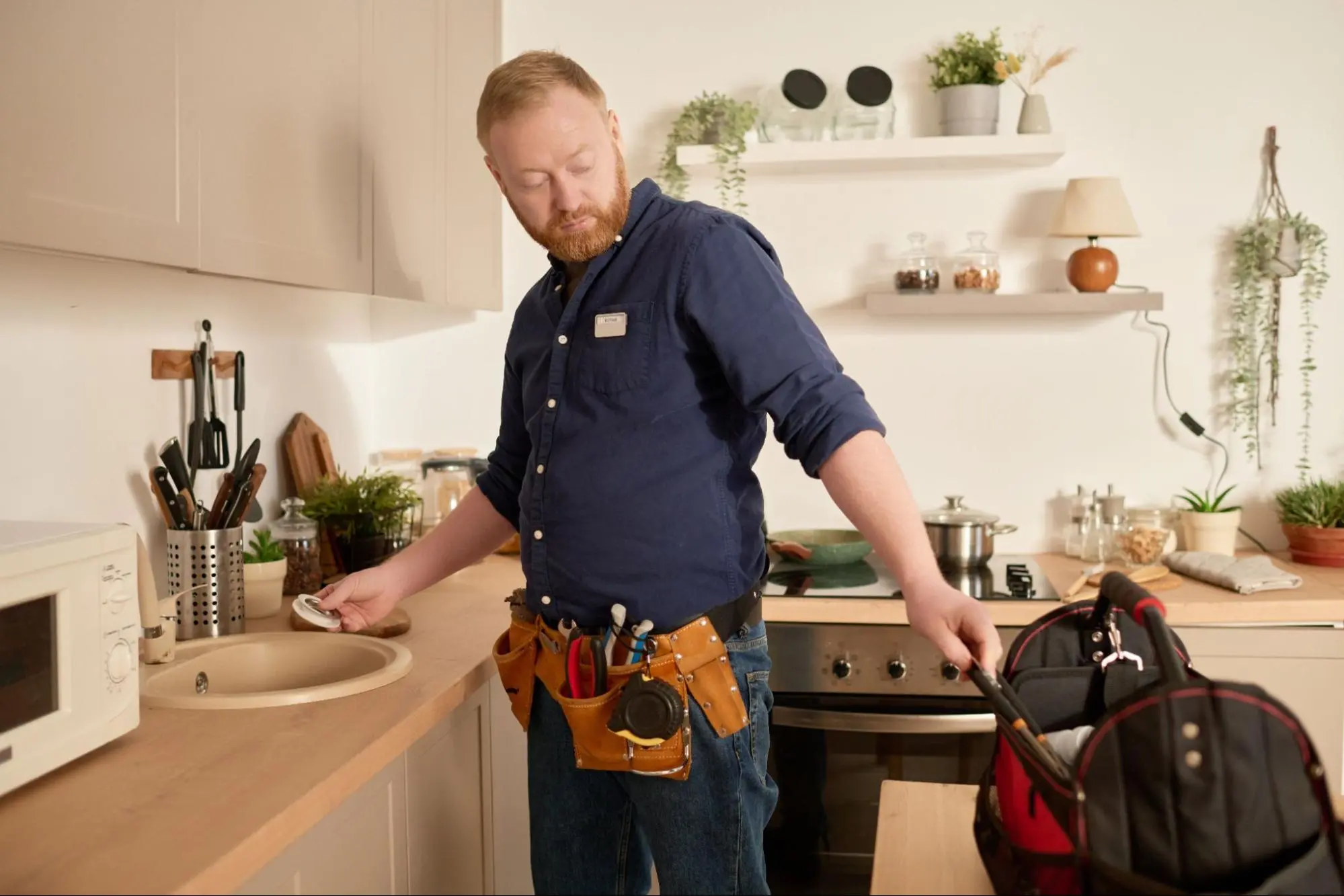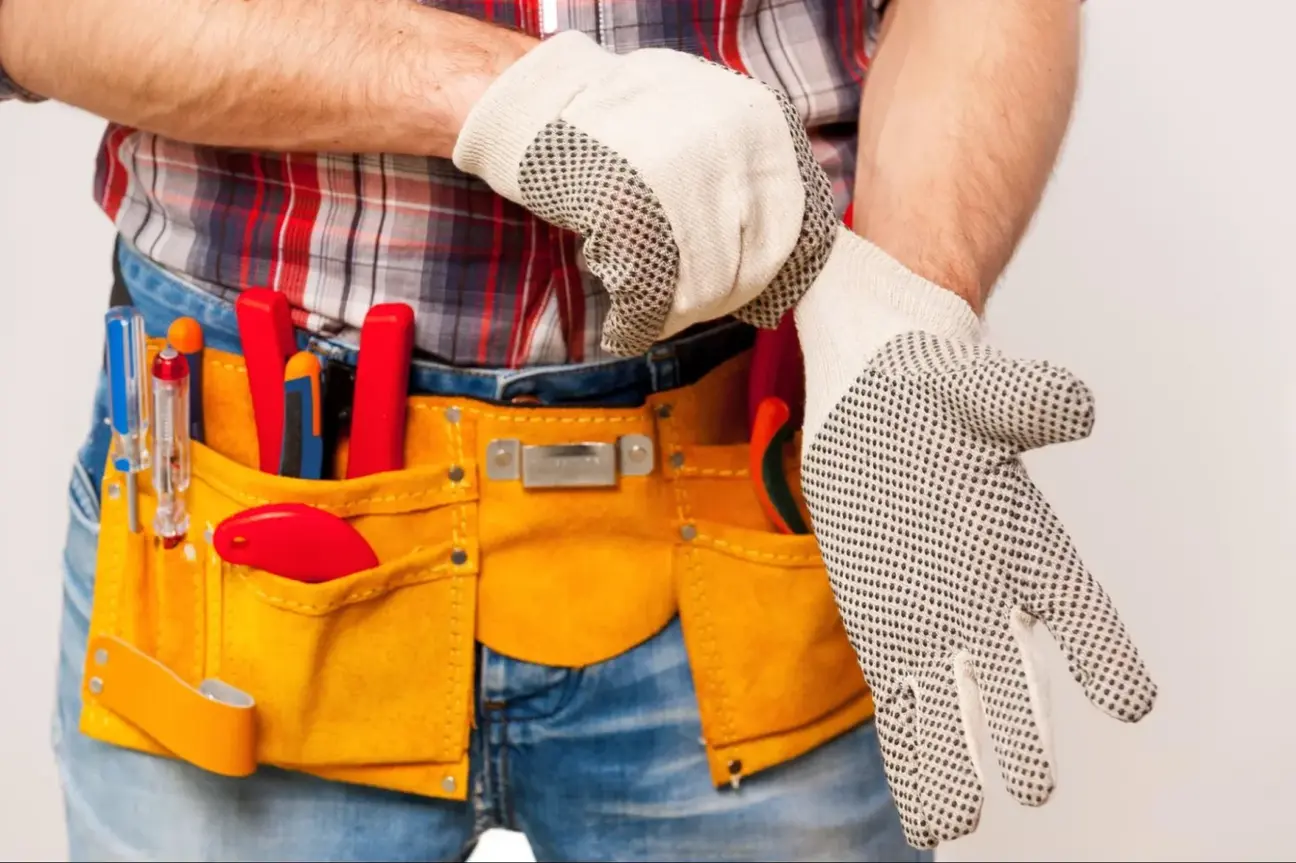
As a handyman, safety should always be your top priority. Whether you’re working on a home improvement project or running your own handyman business, taking the necessary precautions to prevent accidents and injuries is crucial. By following these safety tips, you can ensure that you and your clients are protected while on the job.
Personal safety and protective equipment are essential when working as a handyman. This includes wearing the appropriate clothing and gear, such as gloves, safety glasses, and work boots. It’s also important to have a first aid kit on hand in case of an emergency. By taking these precautions, you can minimize the risk of injury and ensure that you’re prepared for any situation that may arise.
Safe handling of tools and materials is another key aspect of being a safe and successful handyman. This includes inspecting your tools before use, using them properly, and storing them in a safe and secure location when not in use. Additionally, it’s important to know how to handle hazardous materials and dispose of them properly. By following these guidelines, you can keep yourself and others safe while on the job.

As a handyman, you must prioritize your personal safety when working on any project. This means that you need to have the right protective equipment to keep you safe from potential hazards. In this section, we will discuss the importance of choosing the right personal protective equipment (PPE) and the proper use of safety gear.
Choosing the right PPE is crucial to ensure that you are adequately protected from any potential hazards that may arise during your work. When selecting PPE, you should consider the specific hazards associated with your work environment. This helps the handyman’s safety at work
For example, if you are working with power tools, you should wear safety glasses to protect your eyes from flying debris. If you are working with chemicals, you should wear gloves and a respirator to protect your skin and lungs from harmful fumes. Additionally, you should wear a hard hat to protect your head from falling objects and earplugs to protect your ears from loud noises. It is also important to choose PPE that meets OSHA safety standards. OSHA provides guidelines for selecting and using PPE to ensure that workers are adequately protected.
Choosing the right PPE is only the first step. You must also use it properly to ensure that it provides adequate protection.
For example, when using safety glasses, make sure they fit properly and are not scratched or damaged. When using a respirator, make sure you have the right filter for the chemicals you are working with, and ensure that it fits properly. When using gloves, make sure they are made of the right material for the chemicals you are working with.
It is also important to follow all safety precautions when using PPE. For example, you should never remove your safety glasses while using power tools, and you should always wear a hard hat when working in an area where there is a risk of falling objects.
Choosing the right PPE and using it properly is essential for your safety as a handyman. By following OSHA safety standards and taking the necessary precautions, you can ensure that you are adequately protected from potential hazards.

As a handyman, it’s important to know how to handle tools and materials safely to prevent accidents and injuries. In this section, we’ll cover some of the key safety tips you should follow when handling tools and materials.
Electrical hazards are a common safety concern when working with power tools. Always make sure that your tools are properly grounded and that their cords are in good condition. When using power tools, be sure to wear appropriate protective gear, such as safety glasses and gloves.
Working at heights can be dangerous, especially when using ladders. Before using a ladder, make sure that it’s in good condition and that it’s the appropriate size for the job. Always place the ladder on a stable surface and secure it to prevent it from slipping.
When working with hazardous materials, such as chemicals or asbestos, it’s important to follow proper safety protocols. Always wear appropriate protective gear, such as gloves and a respirator, and make sure that you have access to safety data sheets (SDS) for the materials you’re working with.
Remember to always be aware of safety hazards when working with tools and materials. Keep a first aid kit and fire extinguisher on hand, and follow proper lifting techniques to prevent strain and injury. By following these safety tips, you can help ensure that your home maintenance and repair projects are completed safely and without incident.
As a handyman, it is important to prioritize safety when working on any project. By following these safety tips, you can minimize the risk of accidents and injuries:
Using the right tools and equipment can help you work more efficiently and safely. Make sure all tools are in good condition and are being used correctly. Avoid using damaged or broken tools, and always wear appropriate personal protective equipment (PPE) such as gloves, eye protection, and dust masks when necessary.
Electrical hazards are a major concern for handymen. Always turn off the power supply before working on any electrical project. Use a voltage tester to ensure that no power is present before beginning work. Additionally, avoid using extension cords as a permanent solution, and make sure all cords and wires are in good condition.
Ladder accidents are a common cause of injury for handymen. Before using a ladder, inspect it for damage and make sure it is set up on a solid surface. Always face the ladder and hold onto it with both hands while climbing up and down. Make sure the ladder extends three feet beyond the access point and is tied off to the structure.
A cluttered and disorganized work area can lead to accidents and injuries. Keep your work area clean and organized, and avoid leaving tools and materials lying around. Always clean up after yourself and put tools away when you are finished using them.
By following these safety tips, you can ensure that you are working in a safe and secure environment. Remember to always prioritize safety, no matter how small the project may seem.
Kaminskiy Care and Repair is a trusted name for handyman services. Our team of professionals ensures your handyman projects are handled safely and diligently without any risk of injuries or loss. Contact us today
As a handyman, it is important to wear the appropriate personal protective equipment (PPE) to ensure your safety while on the job. Some essential PPE items include safety glasses, gloves, hard hats, and steel-toed boots. Depending on the job, you may also need to wear respiratory protection, such as a mask or respirator.
When working with electricity, it is important to take the necessary precautions to ensure your safety. Before starting any electrical work, make sure to turn off the power to the area you will be working in. Use a voltage tester to confirm that the power is off. Additionally, make sure your hands and any tools you are using are dry and not wet. Always use insulated tools and avoid using metal ladders or working near power lines.
When working with hazardous materials, it is important to take the necessary precautions to ensure your safety. Always wear appropriate PPE, such as gloves and a mask. Follow proper handling and disposal procedures for hazardous materials. Make sure to store hazardous materials in a safe and secure location, away from other materials that could cause a reaction.
To prevent common on-the-job injuries, it is important to follow proper safety procedures. Always use appropriate PPE and make sure your tools and equipment are in good condition. Take breaks as needed to avoid fatigue and stay hydrated. Use proper lifting techniques to avoid back injuries. Always be aware of your surroundings and potential hazards.